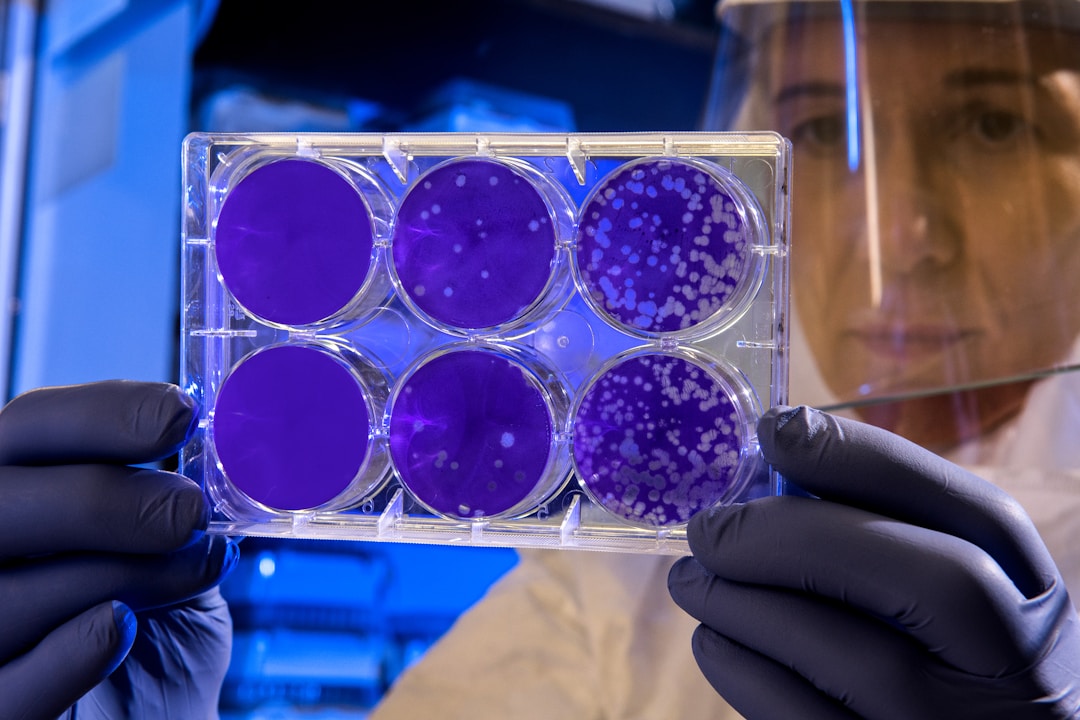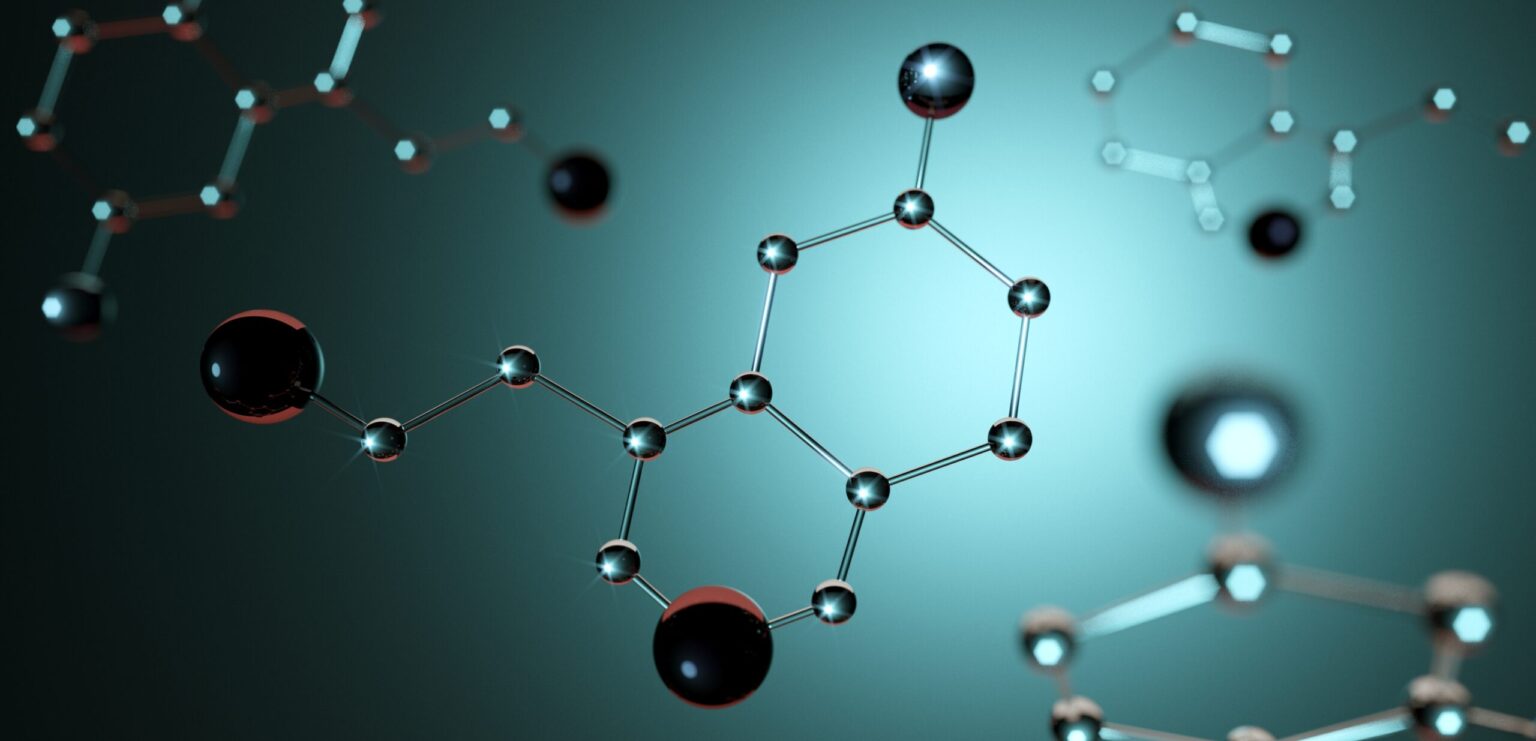Unveiling the Potential of Nicotinamide Mononucleotide
As science advances, the quest for longevity and improved health span has led to the discovery of unique compounds that influence human metabolism and aging. Nicotinamide Mononucleotide (NMN) is one such compound that is generating considerable interest in the scientific community. Critically involved in energy production and cellular repair, NMN is believed to play a pivotal role in the aging process. Understanding its mechanisms and potential benefits may open the door to innovative health solutions. Below, we dive into the intricacies of NMN and explore its exciting possibilities.
Understanding Nicotinamide Mononucleotide and Its Biological Significance

So, what is Nicotinamide Mononucleotide? NMN is a nucleotide derived from ribose and nicotinamide. Like other nucleotides, NMN is a basic structural unit of nucleic acids, but its significance goes beyond being a mere building block. NMN serves as a precursor to NAD+, a coenzyme essential for metabolic processes such as energy production and DNA repair within our cells.
This relationship between NMN and NAD+ places NMN at the heart of cellular metabolism. It is more than just a molecule; it’s a potential key to unlocking better health. Scientists are investigating how maintaining higher levels of NAD+ can affect the aging process, given its decline has been associated with various age-related diseases.
The presence of NMN within the body has profound effects on energy metabolism and cellular function. Elevated NAD+ levels have been correlated with improved mitochondrial function, which can lead to increased energy and vitality. Hence, NMN is central not only for day-to-day cellular function but also for the potential mitigation of age-related decline.
The Role of Nicotinamide Mononucleotide in Anti-Aging Research

Researchers have focused on the potential link between NMN and the slowing of the aging process. Aging is a complex phenomenon characterized by the gradual decline in biological function, and NMN’s role in supporting NAD+ may combat some of these age-related changes. Animal studies have shown promising results with NMN supplementation leading to improved age markers and physical function.
One major aspect of NMN’s influence on aging is its impact on sirtuins, a group of enzymes involved in cellular health and longevity. Sirtuins require NAD+ to function, and by sustaining NAD+ levels through NMN supplementation, sirtuins can be activated, potentially slowing aging’s biological processes. This interaction signifies NMN’s potential for enhancing longevity signaling pathways.
The connection between NMN and longevity could transform medical science. If clinical studies confirm the positive outcomes seen in animal models, NMN could become a crucial tool in extending health spans and combating age-related diseases. However, such a future is contingent on thorough research and verification of NMN’s efficacy and safety in humans.
How Nicotinamide Mononucleotide Works Within the Body’s Metabolism
Understanding NMN’s role in metabolism begins with its conversion to NAD+ in cells—a vital step for sustaining cellular energy transfer. The NAD+ produced then powers various metabolic processes, including the conversion of food into energy. This cascading function of NMN in metabolic pathways underscores its potential as a dietary supplement for maintaining metabolic health.
Furthermore, NAD+ plays a crucial role in a cellular process known as the Krebs cycle, which is central to energy production. Adequate NMN levels ensure that the Krebs cycle operates efficiently, providing cells with ATP, the primary currency of cellular energy that fuels bodily functions ranging from muscle contraction to cognitive processes.
Interestingly, NMN’s involvement in metabolism also intersects with metabolic disorders such as obesity and type 2 diabetes. Given that these conditions are characterized, in part, by impaired energy metabolism, NMN’s potential to revitalize these pathways has become an important research focus. Therapeutic strategies involving NMN are being explored as a means to correct these metabolic imbalances.
A growing body of research also explores how NMN affects lipid and glucose metabolism. By optimizing the body’s use of fats and sugars for energy, NMN could potentially reduce the accumulation of fat and improve blood sugar control. This property imparts significant relevance to NMN in the context of metabolic health beyond its anti-aging prospects.
Overall, the exploration of Nicotinamide Mononucleotide presents groundbreaking possibilities for health and longevity. As the body of evidence grows, so does our understanding of NMN’s impact on the aging process and metabolism. While excitement should be tempered with caution, advancements in this field could herald a new era in preventive health care and therapeutic interventions.






